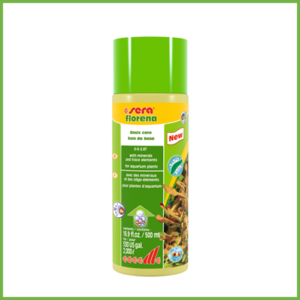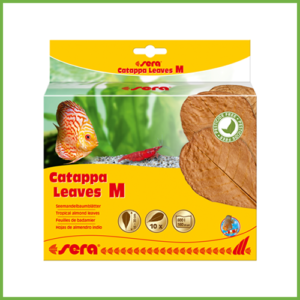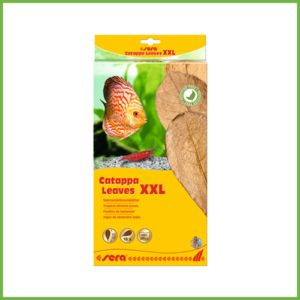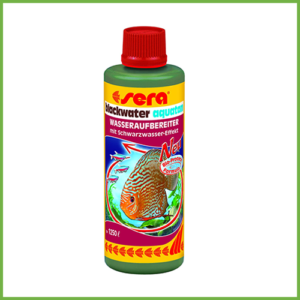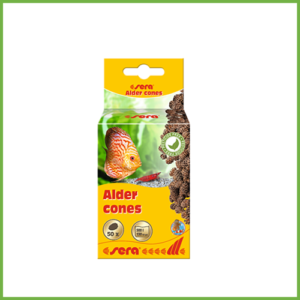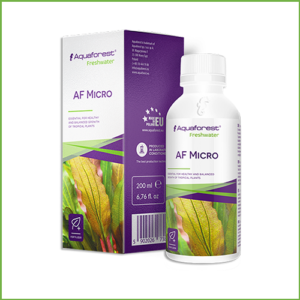Description
2hr Aquarist APT Complete (3)
All-In-One Fertilizer – Richer Colours, Less Algae. Faster Results.
2Hr Aquarist APT Complete (3) is the easiest way to unlock the true potential of your planted tank today. This flagship plant supplement is a 100% comprehensive formula of macro, micro and trace nutrients. APT Complete contains a mixture of inorganic salts, derived from an aqueous solution of potassium phosphate, magnesium nitrate, potassium sulphate and minute trace elements in chelated form.
APT Complete provides the answer to one of the planted aquarium’s most tricky challenges:
How to unlock richer colours, satisfy the most demanding plants and keep algae under control through a single, simple application. Its unique Capstone Formula achieves this Goldilocks Zone where slight nitrate limitation unlocks more vibrant, deeper coloration in many popular species, and a calibrated ratio of other minerals boost growth, improve form and reduce algae risk.
Dosage:
3ml per 100ml daily or 5ml per 100L 4 times per week
Each dose of 5ml per 100L adds 3.8ppm Potassium (K), 1.8ppm Nitrogen (NO3), 0.7ppm Phosphorus (PO4), 0.05ppm Iron (Fe), 0.4ppm Magnesium and Trace Elements.
Our Standard 300ml Pack comes with a calibrated pump. Lasts ~3mths for a 30 Gal / 115L aquarium.
Ingredients:
- 0.7% Total Nitrogen (N)
- 0.7% nitric nitrogen
- 0.9% Total Phosphorus pentoxide (P2O5)
- 7% Total Potassium oxide (K2O)
- 1.6% Magnesium oxide (MgO)
- 0.09% Total Iron chelated by EDTA, DTPA and EDDHA.
Micronutrients and trace amounts of:
- Boron (B)
- Copper (Cu)
- Manganese (Mn)
- Molybdenum (Mo) and
- Zinc (Zn)

When might APT not work?
In new aquariums
It is normal for tanks less than 6 months old to have various bouts of algae issues, most of which can be avoided with proper cycling prior to planting. APT cannot compensate for inadequate cycling.
It is also normal for plants to take several weeks to adapt. APT helps to speed up the process, but you still need patience. In tanks without CO2, this takes 2-3 months. Adaptation may involve shedding leaves (yes!) and / or having leaves that appear deformed. The hardest, yet most effective response is to tinker less and provide a stable tank environment for the plants to adapt. Look for improvement in new leaves, not old ones.
In mature aquariums
A mature tank can respond to better nutrition in several ways. The best (and most common) outcome is healthier new growth. Old leaves do not rejuvenate even when conditions improve, and may even deteriorate faster, as we explain here.
In rare cases, better nutrition can seemingly trigger algae. This can happen:
(a) if there is prior accumulation of organic waste, especially on mosses and slow growers. When plants adjust to a new nutritional environment, they release proteins that serve as food for algae. The combination of accumulated organic waste + excreted proteins can be a trigger for algae.
(b) if volatile organic matter is released due to replanting or cleaning. In mature tanks, volatile organic matter builds up naturally in the substrate and hard-to-reach corners. When inadvertently released, often coincidentally with improved nutrition, algae can bloom. This can be avoided by performing thorough water change the 2Hr way after replanting / revamping the tank.
(c) if seemingly ‘OK’ plants (especially slow growers like Mosses, Bucephalandra, Crypts, Java Fern, Anubias, Alternanthera species etc.) are actually not as healthy as they appear. Plants often respond to improved tank conditions (better nutrition, or lighting, or CO2…) by accelerating the shedding of older, less healthy leaves. This attracts algae, which help in the decomposition process. Slow growers that are not healthy are especially hard to spot, as they can be in ‘Zombie’ states for a long time, as we describe here.
(d) finally, if you are making a drastic change in dosing regime (e.g. very lean to something alot richer, or vice versa), this forces plants to reprogram their cells to adapt and this process almost certainly triggers algae. A gradual transition over 2-3 weeks often helps. But the longer slow-growers have adapted to a particular environment, the harder it is for them to ‘switch’.
Fertilizer dosing guide for planted aquariums – when to dose more or less.


